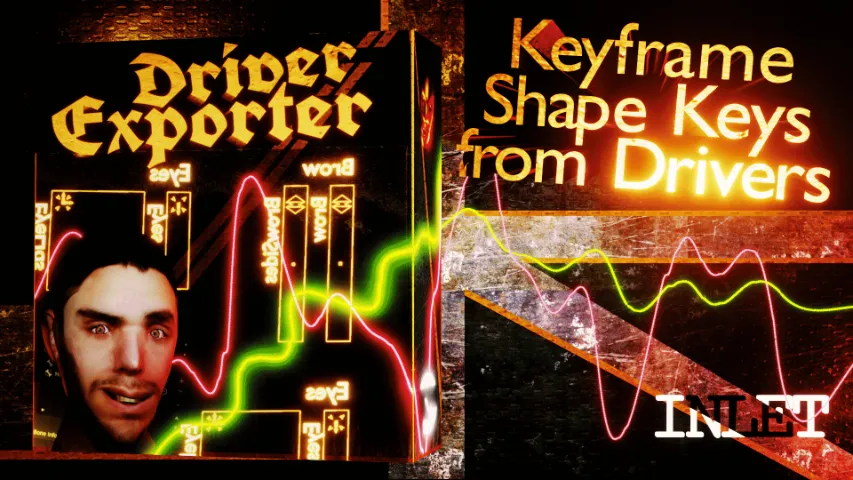FAQ
How is Material Manager better than the default Asset Browser?
- Asset Browser doesn’t have a robust sorting and filtering system. Yes, you can give your materials tags, but all you can do is search by keywords, without hierarchy, hiding or isolating based on other tags. Also, materials can only belong to a single Catalogue, giving them the same limitation as Blender’s ‘Collections’ system.
Does it work with MALLET: Material Mode?
- Yes, it’s compatible with MALLET: Material Mode and is part of its core functionality.
The .zip doesn’t install in Blender
- Please do not un-zip the archive, but install the .zip file directly. Please enable file extensions if you can’t see it.
VIDEO DOCUMENTATION
DOCUMENTATION
Location
Panel
Shader Editor ‣ Sidepanel ‣ Tool
Actions
Tags
A button at the top of the UI that toggles editing or viewing of the tags
Viewing
Generate Thumbnails
Generates a flat 2D image of every material that currently has at least 1 tag assigned to it. These images are saved locally to the Blender file by default, so the Blender project will need to have been saved somewhere. This location can be changed in the addon preferences. These thumbnails are NECESSARY in order for the materials to appear in the UI. If your selection window is blank, try generating thumbnails.
Editing
Add Remove Move
Add or remove tags. There is also the option to Move tags up and down. However, while ‘moving’ the order of tags is safe, it is not fully functional, and is disabled by default. It can be enabled in the addon preferences.
Dropdown Menu
Contains “Remove Tag With Children”, which performs the same function as “Remove” does, except it also removes all tags that are a child of the current tag. “Empty Tag” removes every reference to it.
Material Tags Pro
Apply Node Input
This is further described in the Settings section. For whatever node type you have selected, and whatever value you are clicking the (+) button for, the value of the currently selected node will be set for all nodes of the same type for that same input, across all materials in the current tag.
Settings
Viewing
Hide
Hide all items, which belong to this tag, from all results. Anything in a hidden tag will not show up no matter what other tags they are assigned to.
Isolate
Show only the items which have this tag assigned to them. No matter what tag you are looking at, if there is an isolated tag selected, only things that also are a part of that isolated tag will appear.
Material Selection
A UI element that displays, with thumbnails, all materials that are assigned to the selected Tag. The display of this list requires that thumbnails be generated first.
WARNING: This element does not have reliable labels. The display for a material’s name inside this element are not always in the right position and do not always display correctly. This is entirely on Blender’s side and is not something we have control over.
Editing
Active
The tickbox, beside the Tag or the Material, shows if that Tag is assigned to that Material. Clicking the tick adds or removes the Tag to the Material. The ticks beside the Tags shows which tags the material currently selected has in the list below. The ticks next to the materials, in the list below, show which materials have assigned to them, the tag selected, in the list above.
Parent
Set the parent Tag of this tag. The tag will be automatically moved beneath its parent in the UI. Something assigned to a tag will also be assigned to its parents as a factor of how tags work.
Material Tags Pro
Filter Names
The nodes will be filtered by their name, as well as by their type and what tag they belong to. This lets you have more control over which nodes get changed, since their name ‘is’ something you have control over, unlike their type. For instance, this is useful when dealing with multiple “Custom Groups”, since these will always be of the “Group” type. Setting their name will allow you to customize them in bulk.
Node Inputs
Depending on the node you have clicked, a list of all of the node’s inputs will be displayed. These values can be set as normal. Clicking the (+) icon next to it will perform the operation “Apply Node Input”.


